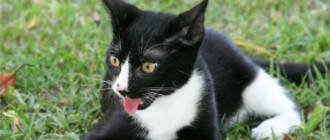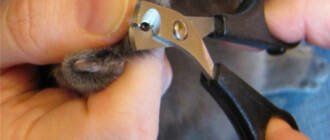Cats
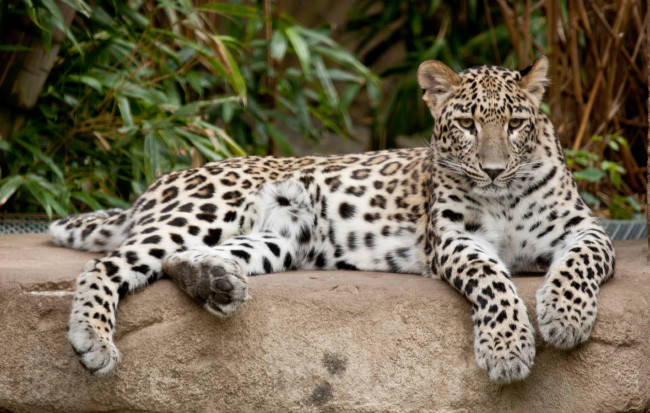
- How fast can cats run?
- Cats are sprinters.
- Table of maximum animal speeds
- Can a cat outrun a coyote?
- The cat is the prey, the cat is the hunter.
- 4 The lion – Speed up to 80 km/h
- 3 Black Panther – Speed up to 88 km/h.
- Third place – Black Panther.
- Second place – Jaguar.
- Cats – record breakers in running
- What makes a cat run so fast?
- What are the fastest breeds of domestic cats?
How fast can cats run?
Cats, big and small, are runners by nature. On the one hand, running helps to hunt and catch even the most nimble prey; on the other, it helps to escape stronger predators and competitors. Domestic cats have inherited their quickness from their wild relatives and often surprise their owners by running around the apartment. But what else hides the cat's run?
The Egyptian Mau is the record holder among domestic cats for running. In front of its hind paws the mau has leather folds-bags, which, as trousers, do not restrict movement and help the cat to put legs wide and, accordingly, to push off stronger. Due to this feature Egyptian Mau can reach speeds of up to 50 km / h and can outrun professional athletes-joggers.
Of course, not all breeds and domestic cats can run so fast. However, some are quite capable of competing with humans. The average speed at which the pets run is about 14 km/h. They can run up to 8 km/h on the grass. The average person runs at 9-11 km/h, so it is not surprising that it is not easy to catch a cat. However, if cats compete with sprinters, they will probably lose: athletes run short distances at an average speed of 30 km/h.
Cats are sprinters.
A human with his 11 km/h can run for a long time without stopping. Cats are sprinters, not marathon runners and do their best in short races. This is just enough to duck into a suitable shelter, climb a tree or catch a quick prey. Even the cheetah, the fastest animal, which speeds up to 120 km / h, can not withstand long races. If you don't manage to catch an antelope in the first seconds, you have to start hunting all over again: there is no more energy left for pursuit.
House cats behave similarly. After a short run around the apartment, one often lies down to rest before continuing, or at least stops for a breather. This, by the way, is vital. During this time, cats recover their breathing and body temperature. They don't have sweat glands on their skin like humans, so there is no opportunity to cool the body directly while running. If a cat has to run for a long time, for example, when chasing, the race is likely to end sadly: the body simply cannot withstand the overload.
Table of maximum animal speeds
- The Mongolian kulan is at the top of the twenty fastest animals. This endangered species lives in East Asia, on the border of Mongolia and Northern China. It can reach speeds of up to 64 km/h.
- The black-and-white striped zebra is an inspiration not only to fashionistas and art critics but even to sportsmen. Thus, South Africa's Mbombela stadium decided to paint in these colors. The zebra's running speed is 64 km/h.
- As has long been known, hyenas can produce sounds that resemble giggles and laughter. This does not mean, however, that they are funny and lovable animals. These natural predators have powerful jaws. They can run up to 64 kilometers per hour.
- The Thomson's gazelle gets its name after Joseph Thomson, who was a Scottish geologist and explorer. It is one of the most widely distributed subspecies, which numbers more than 500,000 individuals. Their main habitat is the vast expanse of the Serengeti. Thomson's gazelle can run at a speed of 65 km/h.
- The gray fox was thought to be the most primitive species of the canine family. But now it is a rare species because of the relentless hunting for its pelt. The gray fox runs at 67.5 km/h. It is also able to climb trees to escape larger predators.
- The greyhound is another domesticated animal on our list. Previously, this breed of dog was bred mainly for racing, although recently it has become popular as a pet. The speed of a greyhound is 69 km/h, and it takes it only 30 minutes to reach 32 km/h after traveling only 250 meters. This is the second animal on the planet that accelerates at such speeds over short distances.
- The onager is also a member of the equidae. It is a desert dweller running at 69 km/h.
Can a cat outrun a coyote?
Cats are some of the most destructive predators of both native birds and small mammals. Each year, domestic cats cause the deaths of about 4 billion birds and 22.3 billion small mammals (such as chipmunks, squirrels and rabbits).
Cats are also central to the food chain – they are both predators and prey.
Coyotes are one of the biggest threats to street cats in states (such as Arizona) where coyote populations are high and cats tend to roam freely. Unfortunately, the fact that 42% of the coyote diet in Tucson is cats is a clear indication that cats cannot outrun the coyote.
A cat's top speed is 30 mph (48.3 km/h), while a coyote can go up to 40 mph (64.4 km/h). In the chart below, you will see how a cat reaches its top speed compared to other animal species around the world.
| View | Maximum speed |
|---|---|
| Cheetah | 75 mph (120.7 km/h) |
| Lion | 50 mph (80.5 km/h) |
| Greyhound (dog breed) | 43 mph (70 km/h) |
| Coyote | 40 mph (65 km/h) |
| Tiger | 40 mph (64 km/h) |
| Brown bear | 22 mph (35 km/h) |
| Rabbit | 30 mph (48 km/h) |
| Domestic cat | 30 mph (48 km/h) |
| Rabbit | 30 mph (48 km/h) |
| Chipmunk | 13 mph (20 km/h) |
| Gray squirrel | 12 mph (20 km/h) |
It is worth noting that the maximum speeds listed above are not possible in all conditions. For example, a brown bear may run slower if it has to overcome obstacles mid-distance, and a chipmunk may accelerate if it runs down a steep slope.
The cat is the prey, the cat is the hunter.

Because cats are not at the top of the food chain, in the wild they often find themselves in the role of prey and their lives depend on how fast they can run. In its own hunt, this small predator usually emphasizes surprise attack and dexterity of its paws rather than speed. Lurking beforehand and precisely calculating its death-carrying rush, the cat is able to catch a mouse or bird even on the fly.
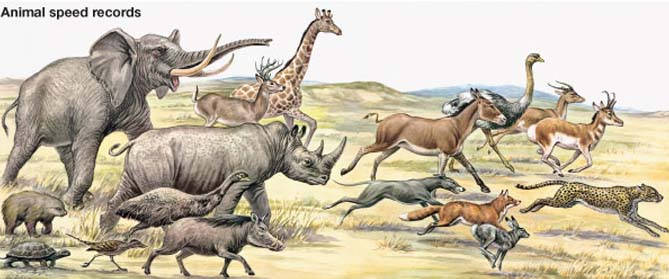
However, with all its sprinting qualities that allow a cat to reach speeds of up to 50 km/hour, a cat's heart is not able to withstand a prolonged strain. After a long run at high speed, the cat has to stop to bring its body temperature and breathing back to normal. So when the chase proves too long, the animal has to give up. A cat chased by a pack of dogs is doomed if it has nowhere to hide.
In urban areas, where you can not always find a suitable tree to climb and avoid danger, these animals are more likely to die than in the countryside.
4 The lion – Speed up to 80 km/h

The lion ranks fourth in the top ten fastest cats. At a distance of 20 meters, the giant kitty is able to maintain a run of 80 km/h. In pursuit of its prey, the lion can maintain a speed of up to 60 km/h for the next hundred meters. These are quite heavy animals. The weight of some individuals can reach 250 kilograms, so it is very difficult for them to maintain their speed record for a long time. Because of this, lions hunt at short distances, trying to sneak up on their prey as inconspicuously as possible. Usually the hunter catches up with his prey in a lightning-fast jump.
3 Black Panther – Speed up to 88 km/h.
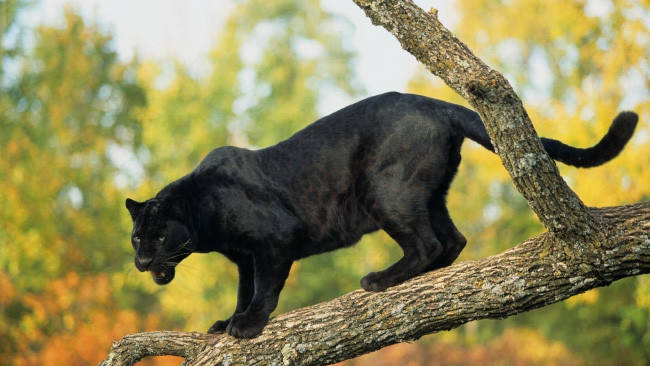
The black panther opens the top three fastest members of the feline species. The maximum recorded speed the cat can reach is 88 km/h. In addition to speed, panthers are also distinguished by the fact that they are considered the most dangerous predators on the planet. They are very bloodthirsty, and when hungry can pounce on any living creature, including humans. The animal is fearless: unlike other predators, they are not used to hide at the sight of people. On the contrary, the panther tries to settle as close to human habitation as possible. There are not a few known cases of attacks on humans.
Third place – Black Panther.
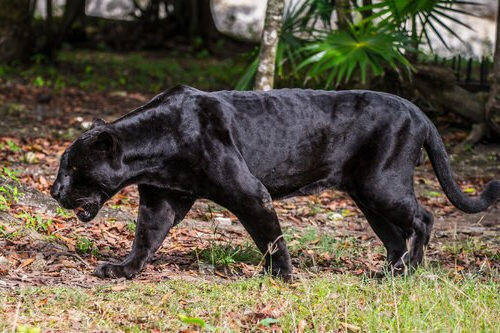
It is one of the most dangerous and yet fastest cats. It has a running speed of 88 kilometers per hour.. This is not the only virtue of the panther. The animal is one of the most agile predators on Earth. It is dangerous to encounter, because panthers are bloodthirsty. They can pounce on any prey and on humans.
Interesting fact.: The black panther is noted for its fearlessness. It does not hide from people, as many other predators do.
Second place – Jaguar.
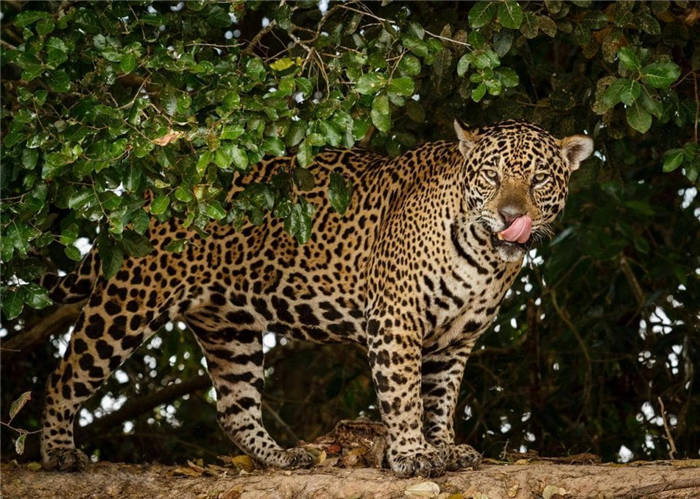
The animal is able to run at a speed of 90 km/h when chasing potential prey. The jaguar's leap reaches 6-7 meters. The animal is large, and even counting without the tail its torso is up to 2 meters long.
Some people confuse the jaguar with the leopard, but they are different. The animals differ not only in their body mass, but also in their agility. Jaguars are much more agile. The leopard can reach a speed of 58 km/h, he was not included in the ranking.
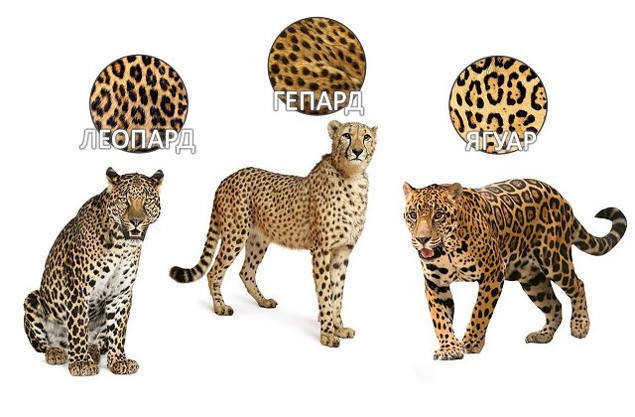
Cats – record breakers in running
Fast and agile cats by nature, cannot boast of endurance. A long run at high speed is beyond cats' strength. This is due to the peculiarities of the structure of the heart and blood vessels.
Prolonged intensive physical activity in extreme conditions can provoke serious myocardial malfunctions.
If the cat can not find a shelter, fleeing from danger, it may soon die, because the body is severely overloaded.
The fastest representatives among domestic cats, are Egyptian Mau. The record speed that these animals can gain while running is 48 to 50 km / h. Provides the speed of their movement peculiarity of the structure of the skin. On the hind limbs in the base area, they have a skin fold, which helps to change the oscillation of the paws when making a jump.
Among the fast cats noted animals bobtail breed. Possessing a powerful build, strong cats are very energetic and agile. At the same time, their skeleton is quite light. Cat breeds with massive skeletons and short legs, such as Persians, are not meant for fast running. But if they feel threatened, they can also develop decent speed.
Most cats living in a house or apartment are quite active and energetic. They can jump up and run. If the owner has noticed that the previously active pet has become slower to run, or is trying to avoid activity altogether, experts recommend carefully observing the changes in condition.
Appetite disorder, lack of activity, problems with breathing after small loads, can indicate problems in the work of the myocardium. In such cases, it is necessary to seek help at the veterinary clinic to a qualified specialist.
What makes a cat run so fast?
Cats come from an ancient lineage of wild hunters. Not all of these cats were made to run long distances, like the cheetah or jaguar. But all cats are designed to accelerate and go into racer mode in a matter of seconds.
This can be seen in the way cats are built. All cats, both wild and domestic, have developed and very powerful hind legs. They help the cat to start instantly, as well as to jump or climb.
A very important thing is that cats are toe-jumping. This helps cats move faster and stay light!
What are the fastest breeds of domestic cats?
The speed of cats really depends on their breed. This is because each breed has a unique structure. The fastest domestic cat in the world is the Egyptian Mau. These athletically built cats can run at an average speed of about 48 kilometers per hour. There are other breeds that can also run fast. Abyssinian, Ocicat, Bengal and Siamese cats are known for their fast running.
Not all domestic cats prefer to run. Whether it's their personality or size, there are many cats that don't run as fast as other domestic cats. American Shorthair and British Shorthair cats are breeds that do not like to run at all. These cats prefer a quiet lifestyle. The same is true of ragdoll breed cats.
Persian and Burmese cats are also not good runners. This is because these cats have brachycephaly – a flat snout. The shape of the snout narrows the airways, which makes breathing much more difficult. Therefore, these cats prefer not to exercise as often. Nevertheless, these cats can reach speeds much faster than the average human!
All cat breeds are different, but one thing is for sure, our cats can run faster than us. If you have a kitty at home, we'd love to hear all about your cat's speed and agility and how they use them! Our cats are always up to something.



